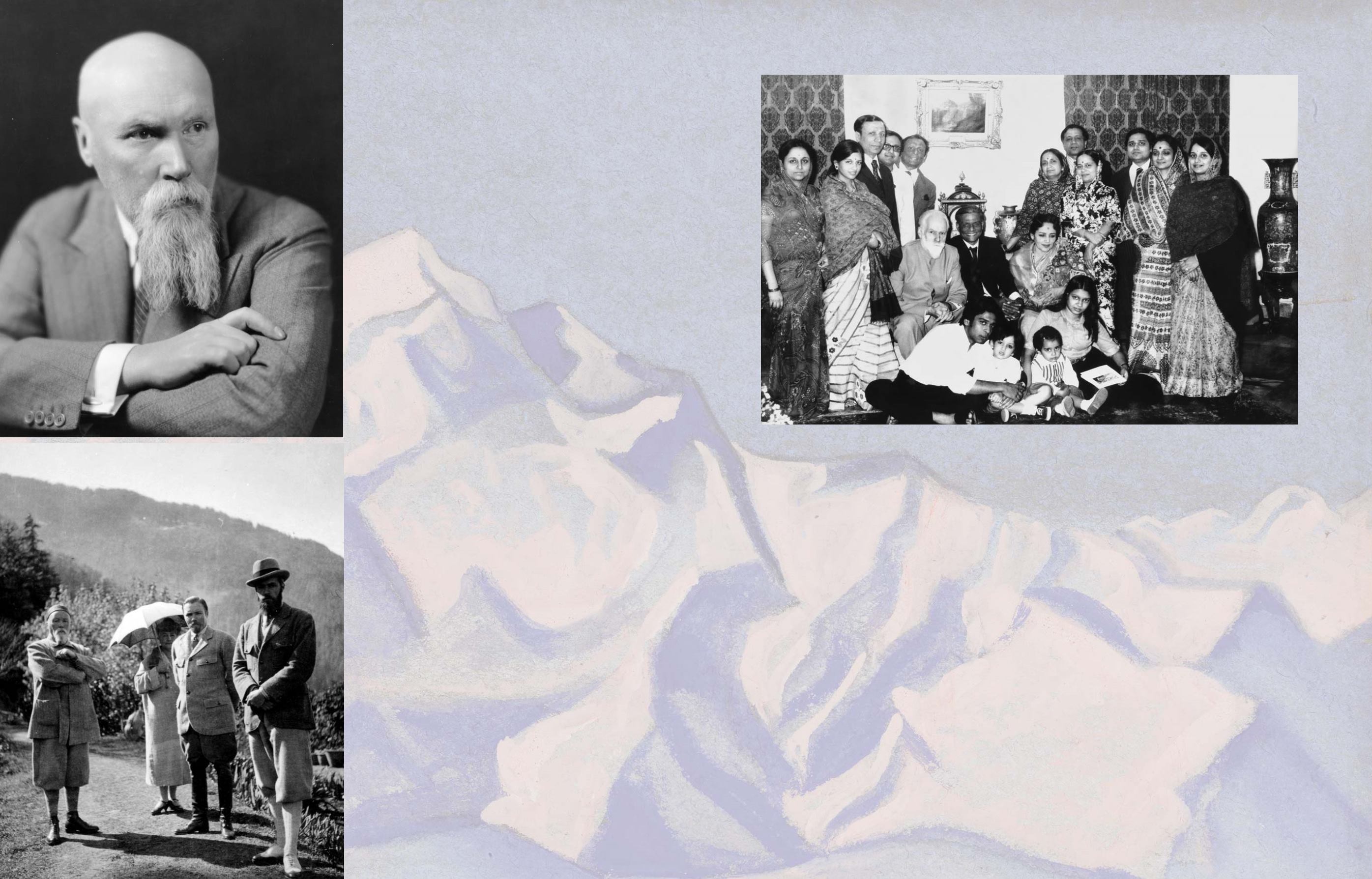

38
39
The present lot is from the collection of the Kejriwal family of Kolkata. The Kejriwals own tea plantations and textile mills,
and are renowned for their extensive art collection. The family’s history of collecting art dates back to Mr Ram Kumar
Kejriwal, who first began acquiring artwork in the 1940s. His son, H K Kejriwal, elaborates that he was “an eminent collector
who was fascinated by Indian Art at a young age. It was his passion which inspired him to build a collection of unique,
varied and rare art objects ranging from Indian miniature paintings, Bengal school of paintings to bronzes, terracottas,
stone sculptures, stuccos, etc. He collected for more than half a century and donated very rare pieces of sculptures to
the National Museum, New Delhi and Ashutosh Museum, Calcutta.” (H K Kejriwal,
H.K. Kejriwal Collection 1830‒1995
,
Bangalore: Karnataka Chitrakala Parishath, 1996, p. 3)
H K Kejriwal moved to Bangalore in 1971, and struck up a friendship with Svetoslav Roerich, son of Nicholas, who was
then shuffling between his family home in Naggar, Kullu Valley, and Bangalore. “He became a very close friend of mine. I
was fortunate enough to acquire from him some of his finest works as well as those of his internationally renowned father,
Nicholas Roerich.” (Kejriwal, p. 3) Over the following decade, many works were acquired from Svetoslav, including the
present lot, which has been with the family since.
The Kejriwal family’s greatest legacy is the donation of more than 300 paintings, drawings, prints and sculptures to the
Karnataka Chitrakala Parishath, a significant art institution in Bangalore. Svetoslav, also a supporter of the institute, donated
over a 100 of his own and his father’s paintings to the Parishath in 1990 as well. They are now in the permanent collection
of the Roerich galleries in the Parishath.
THE KEJRIWAL FAMILY
The Kejriwal family with Svetoslav Roerich (centre)
Image courtesy of the Kejriwal family
In many of the paintings from this
time, “we can see philosophical
concepts and ideas giving birth to visual
images, and the splendor of Northern
India providing the physical setting.”
(Nicholas Roerich Museum, online) His
paintings successfully communicate
not just the physical magnificence and
ethereal atmosphere, but also evoke the
spirit of the Himalayas, as seen in the
present lot. As with his writings, they are
a symbolic reflection of his own spiritual
journey and the strength of character he
acquired, facing the physical challenges
of his arduous expeditions.
Roerich’s expeditions, which covered
India,
Chinese
Turkestan,
Altai,
Mongolia and Tibet, resulted from the
artist’s desire to understand spiritual
and anthropological elements of
Eastern cultures. This sentiment was
also evident in some of his early Russian
paintings which were often re‒imagined
and recreated scenes incorporating
Russian history, myths, and traditions,
prompted by an interest in the “ancient
origins of human civilisation.” (Maria
Zinger‒Golovkina,
“Painting.
Late
19
th
to the early 20
th
century,” Irina
Volchenkova ed.,
Masterpieces of the
State Tretyakov Gallery: Russian Art from
the 12
th
to early 20
th
century
, Moscow:
Red Square Publishers, p. 114)
Roerich’s contribution to Indian art
was so great that he is the only artist of
foreign origin whose works have been
declarednational art treasures.The artist
is a highly revered figure internationally,
and most of his paintings are in public
institutions in the US, Russia and India.
Roerich’s Himalayan‒inspired works
have sold at formidable prices in recent
times, and the present lot is a rare and
significant work to be offered at auction
in India.
Nicholas Roerich, March ‒ April 1934, Washington, DC
Nicholas, Helena, George and Svetoslav Roerich, 1932‒33, Naggar, India
Images courtesy of the Nicholas Roerich Museum, New York


















